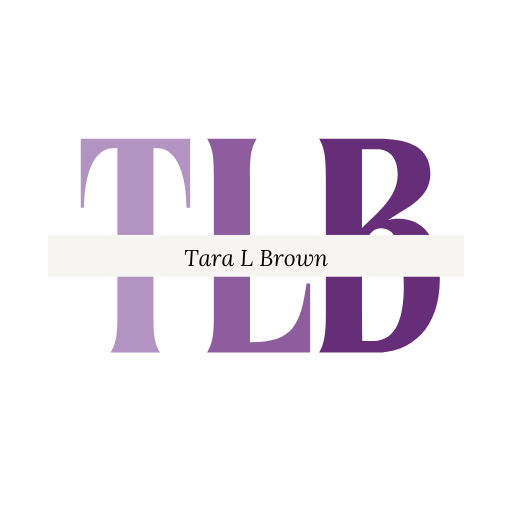The competitive nature of today’s corporate environment is such that writing a persuasive business proposal is what it takes to win a new client or land a contract. However, with the time crunch and time pressure that comes with writing a business proposal and the challenge of organizing the content, there’s no doubt that this is not an easy task. Thankfully, the adoption of artificial intelligence (AI) has been solving challenges in writing a business proposal in a timely manner and more efficiently. This blog post will examine the challenges with writing a business proposal and AI’s role in addressing these challenges.
Common Challenges in Business Proposal Writing
Time Management
Putting together a thorough business proposal might take hours. In our experience, teams of contributors review various sections, which slows things down and makes you rush things at the eleventh hour. Ensuring that all parts of the proposal sound coherent, and that each contribution arrives at the correct time and from the right resources, is indeed time-consuming.
Content Organization
Another challenge is keeping on top of the sheer volume of content you need to write a proposal; maintaining the latest versions of documents in a consistent manner, for example, can be a headache. An unorganized content library can be a productivity disaster in itself.
Jargon and Technical Language
Some proposals may call for input from subject matter experts (SMEs), which will frequently result in a document filled with jargon and technical language. This makes the proposal far less effective in communicating with the client.
Customization and Personalization
A generic, one-size-fits-all approach to proposals is rarely successful. Each proposal must be tailored to address the specific needs and context of the client, requiring thorough research and customization (The Proposal Lab).
Visual Impact
Proposals that are text-heavy and lack visual elements can be hard to read and less engaging. Effective use of visuals can enhance readability and make the proposal more appealing (Loopio).
How AI Can Address These Challenges
Time Management
AI can help automate aspects of proposal production, such as creating rough drafts or setting up document style or version control. These capabilities can greatly accelerate the time it takes to write a proposal, such that teams can spend more of the available time making it good.
Content Organization
A content management system based on artificial intelligence could manage and archive the library of contents, bringing the freshest information from the archive to the point when it’s needed, as well as offering the most burning formulations. The artificial intelligence of a system could check its own propositions for consistency and ensure internal logic throughout the different sections of the proposal.
Language Simplification
Use AI tools to paraphrase overly complex language and jargon, bringing any idea to a straightforward proposal. Natural language processing (NLP) can rewrite technical content that an audience of non-experts can understand.
Customization and Personalization
AI can analyse the customer data, understand client objectives and past proposals, and tailor its content accordingly, thereby ensuring that proposals aren’t generic or hurried but rather each one is addressed to a specific need, thereby dealing with the clients and winning the job.
Visual Enhancement
Proposals can be beautifully formatted (with appropriate visuals) automatically, making them more dynamic and easier to read. AI-powered writing tools can transform text-heavy content into infographics, charts or images.
Specific AI Tools for Business Proposal Writing
Proposify: This tool helps create, send, and track proposals. It offers templates and a content library that can be customized for each client.
Qwilr: This tool transforms proposals into interactive web pages, enhancing engagement and tracking client interactions.
PandaDoc: It provides templates, electronic signatures, and workflow automation, simplifying the proposal process from creation to approval.
Benefits of Using AI for Business Proposal Writing
Efficiency: AI reduces the time needed to compile and format proposals, allowing for quicker turnaround times.
Consistency: Automated tools ensure that all parts of the proposal are coherent and follow the same style, reducing the risk of errors.
Customization: AI tools can tailor proposals to the specific needs of each client, increasing the likelihood of winning the contract.
Enhanced Readability: AI can simplify complex content and improve the visual layout, making proposals more engaging and easier to understand.
Real-World Examples
Loopio: Companies using Loopio have reported improved efficiency and higher win rates due to the streamlined proposal process and enhanced content management provided by the AI tool (Loopio).
Proposify: Businesses using Proposify have seen a reduction in proposal creation time and an increase in the consistency and quality of their proposals (HubSpot Blog).
Conclusion
With more and more businesses struggling to manage time, organize content and customize proposals, the emergence of AI tools can help them make their proposal work more effective, persuasive and tailored to the customer. In light of the benefits it can bring, this new technology is bound to have an unprecedented tech revolution in business proposal writing. New and improved versions of AI tools will definitely help businesses with their proposal work in the future.
